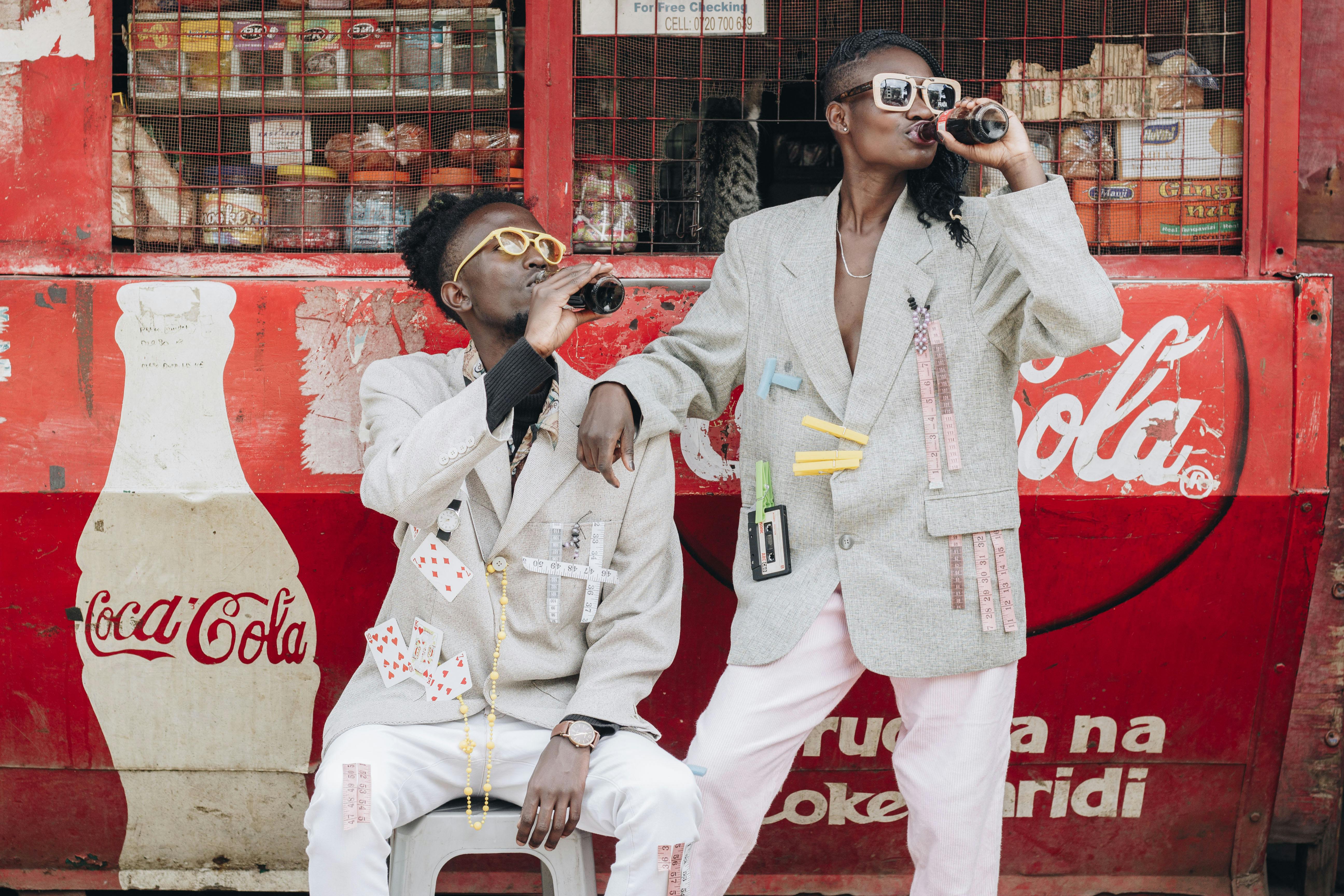On the way to the opposite side of planet earth, the sun’s fireball is exploding in a firework of every color, red, yellow, and colors in between, while, reflected by the water surface of the mighty Ayeyawaddy River, it slowly sets and eventually fades behind the Yoma mountain range that separates central Burma from the coastal areas of western Burma that stretches along the Bay of Bengal. Shortly before the fireball leaves me and thousands of pagodas and temples shrouded in the darkness of night, the sun is painting red to pink streaks in the darkening bluish and black sky. This is the moment when a myriad of stars begin to twinkle in the firmament and ends the spectacle of one of the beautiful Bagan sunsets that I have been privileged to enjoy over a thousand. Night has fallen on me and my beloved Bagan, ancient Pagan, capital of the once mighty kingdom of Pagan.
Yes, Bagan is beautiful and has a charm of its own; but he is much more than meets the eye. Bagan’s story is the story of a kingdom that grew from a little more than the size of a village to around 70 percent the size of present-day Burma/Myanmar. It is the story of 55 Bagan kings, of myths and legends, of nats and nagas, of wars, of political intrigues, of lies, betrayals and murders, of the Naga cult, Ari Buddhism and Theravada Buddhism.
It is also the story of the fall of a relatively small but bustling and wealthy royal capital to a quiet and dusty place with the austere charm of a semi-desert in dry zone Burma. No one would talk about it today if it weren’t for Theravada Buddhism and the magnificent temples and pagodas that dot the arid plains of Bagan. According to the Bagan Inventory of Monuments (which does not include all historical religious structures), 2,162 pagodas and some 13,000-old temples still bear valid and vivid testimony to Pagan’s “Golden Age” when the city became known as “The City of Four”. Million Pagoda’. Thousands of religious monuments were built during the reigns of the greatest kings of Pagan, King Anawrahta (son of King Phyu Kunhsaw Kyaunghpyu) and King Kyanzittha (son of King Anawrahta) alone.
The dry and dusty plains of Bagan today are shrouded in a tomb-like silence, despite the significant increase in tourist numbers. With their multitude of pagodas and temples, they are an impressive tribute to Buddhism, especially Theravada Buddhism, but otherwise there is nothing to indicate that it was ever the heart of royal power; a powerful political and economic center from which the great kingdom of Pagan was ruled.
In many of its features Bagan today still closely resembles the Pagan which Sir James Scott, under his writer name ‘Shway Yoe’ in 1882 in ‘The Burman: His Life and Notions’, described in the words: “Pagan is in many respects the most remarkable religious city in the world. Jerusalem, Rome, Kieff (Kiev), Varanasi, none of them can boast of the multitude of temples and the prodigality of design and ornamentation that make the deserted capital of the Irrawaddy marvelous. The entire space is thickly dotted with pagodas of all shapes and sizes, and the very ground is so thickly covered with the crumbling remains of vanished shrines that, according to the popular saying, you cannot move your foot or hand without touching something sacred. “.
None of Bagan’s current features correspond to those usually associated with the idea of a city. On the contrary, to the outsider, Bagan appears to be nothing more than a sparsely populated, overgrown village comprising mostly bamboo huts and rather simple wooden houses spread over an area of 40 square miles/104 square kilometers. . All the parts, such as huts, houses, hotels, and guesthouses, as well as the ancient temples, pagodas, monasteries, ordination halls, libraries, and a gate, along with a small piece of the old city wall, that make up the Rural Bagan is mostly connected with bumpy dirt roads, sandy paths and, as for the main thoroughfares, now-paved roads.
Life in Bagan is simple. For many farmers and their families, it is still dominated by hard physical labor and, with the exception of a few modern technological advances such as bicycles, scooters, motorcycles, automobiles, television, and radio, not much has changed since ancient times. Horse-drawn and oxen-drawn carts are still very important means of transportation and farmers continue to use the old-fashioned wooden oxen-drawn plows to plow their fields. Crushing sesame to extract the oil is often still done by having an ox walk circles around a stone mortar driving a hardwood grinder. Planting and harvesting is still done by hand and it is still the Toddy nuthatch who extracts the juice from the Toddy palm.
The vast majority of Bagan’s inhabitants live in rather precarious conditions and without tourism Bagan would have a very, very difficult time surviving because it is highly dependent on income from hotels, guesthouses, restaurants, lacquerware, carvings wood, paintings and others. souvenirs and services related to tourism.
Bagan’s major pagodas and temples are, while impressive, only a shadow of their former self and are still waiting to be placed on the UNESCO World Heritage List, which would ensure their professional restoration to their former glory. Unfortunately, until now almost the opposite has been done.
Following the order issued by the government in 1992 to restore Bagan’s historic pagodas and temples, this has been done with great disregard for historical accuracy using unskilled labor and incorrect materials, causing significant damage and, often irreversible. In addition, wealthy Burmese Buddhists have in a frenzy of merit built new smaller pagodas and incorrectly shaped them over old pagodas. Another problem was the uncontrolled whitewashing of the interior and exterior of the pagodas and temples, which has contributed to extensive damage to the historical murals and stucco.
Among the most important witnesses of the ‘Age of Pagan Greatness’ worth preserving due to their historical, religious and architectural value are Shwezigon Pagoda, Ananda Temple, Thatbyinnyu Temple, Gawdawpalin Temple, Dhammayangyi Temple, Gubyaukgyi Temples, Shwesandaw Pagoda, Sulamani Temple, Htilominlo Temple, Lawkananda Pagoda, Dhammayazika Pagoda, Bupaya Pagoda, Abeyadana Temple, Nanphaya Temple and Manuha Temple.
As important as the pagodas and temples are to Bagan, they only tell part of Bagan’s story. Lifting the curtain on the myth and legend behind which the true history of Bagan is hidden shows that the history of Bagan is not just a tale of glory, splendor and beauty. It is also a crime story; and here we are not talking about petty crimes but very serious crimes including patricide, fratricide and murder committed to get to the top and stay on top. Crimes committed to gain and maintain unlimited power and amass unimaginable wealth. Here are some examples of the capital crimes committed by Bagan royalties:
King Kunhsaw Kyaunghpyu (Anawrahta’s father) usurped the throne from King Nyaung U Sawrahan.
King Sokkate (Anawrahta’s brother) seized power from King Kunhsaw Kyaunghpyu (his father) and imprisoned him in a monastery.
Anawratha slew King Sokkate (his brother) and nearly killed the later King Kyanzittha (his son). King Anawrahta was later assassinated.
King Kyanzittha (son of King Anawrahta) killed the architect of the Ananda Temple.
King Alaungsithu (King Sawlu’s son) was killed by Narathu (his son).
King Narathu killed Min Shin Saw (his older brother), one of his wives (Queen Kyaban), one of Queen Kyaban’s sons, and the scribe Mahabo (his uncle).
King Narathihapate was assassinated by Thihathu (his son).
This is the dark side of the story about the power and royal families of the pagan era. However, the fact is that my beloved Bagan is very beautiful and I can’t wait to be there again to enjoy, among others, the tranquility of Bagan and the spectacular sunsets from it.






